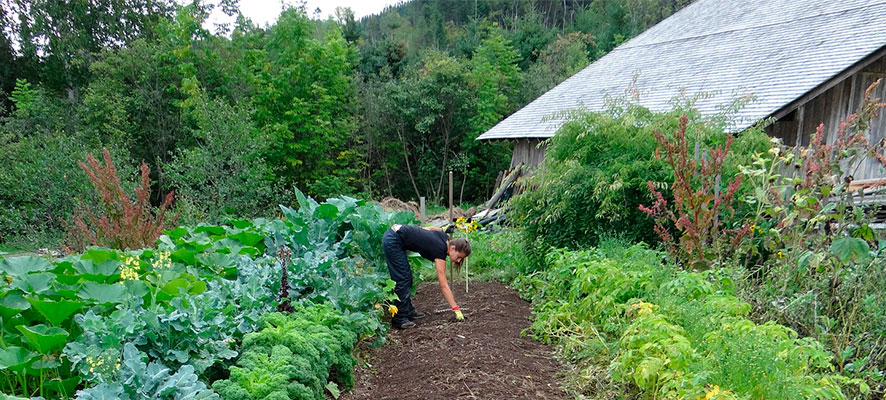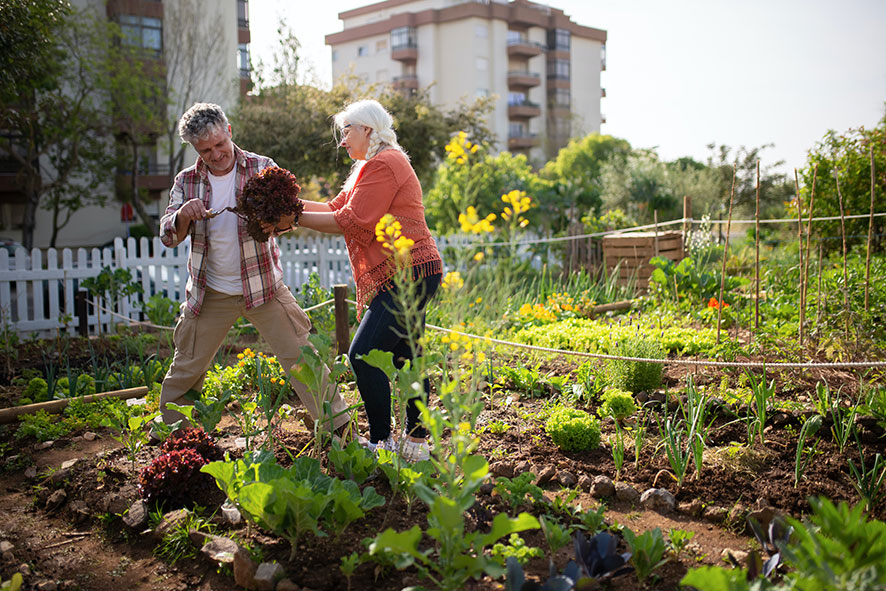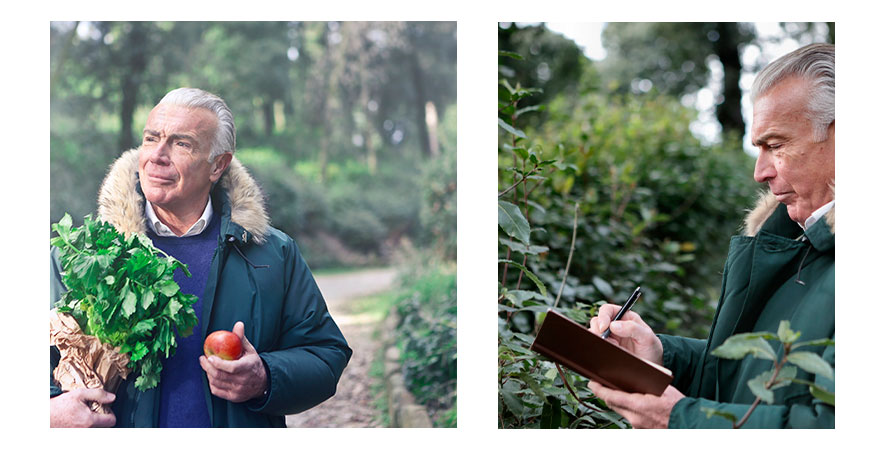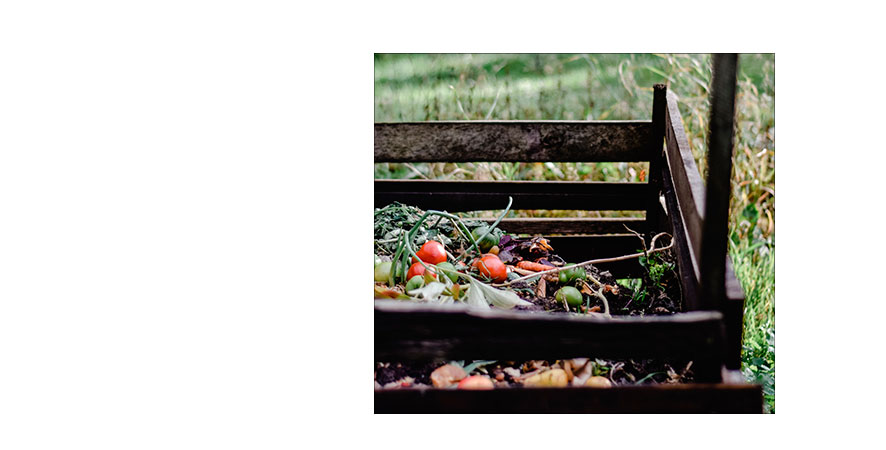
Extend your harvest to 12 months of the year with a year garden plan. Are you ready to take your garden to the next level?
A farmers agenda
The idea of working in the garden year-round creates a bit of anxiety for some gardeners as it seems like a lot of extra work. And well, everybody likes to take a time off in the winter to rest, recover and maybe take that time to reed a book.
However, you may be surprised to learn that year-round gardening doesn't have to involve a lot of extra work. Furthermore, being in contact with your garden during each of the twelve months of the year will create a deeper connection between you and nature, as well as a deeper understanding of your garden's ecosystem...

3 keys to having a productive garden throughout the year
The key to the success in your garden throughout the year is not working harder in a longer period… Success will come down to having a plan and being consistent with your actions. In fact, if you follow a plan, you'll harvest crops during the off-season with little attention to your garden.
1. Make a plan
This is where we find two different type of farmers: The one who gets carried away and the one who has to have absolutely everything planned.
The best thing is that you find yourself on a middle path between the two. Because only then can you get truly rewarding results.

On the one hand, not having a plan means having no way to record the tasks you have carried out in the garden. Unless you have a prodigious memory, we recommend that you write down the changes you make in your garden in an agenda. Changes like: when you last modified the soil, change of location of some vegetables, the first time you plant something new etc. Only then will you be able to identify the reason for your successes or failures in the garden.
On the other hand, following a rigid plan is not feasible considering that changes in weather, sunlight or pests can alter the plan and what is more, they must alter it. There will be times when you find yourself in a difficult situation, don't worry, you will find a solution.
2. Constancy: 15 minutes a day
When we're busy, our tendency is to procrastinate until we have more time to spend on a task. But do you remember the story of the tortoise and the hare? The tortoise was slow but constant, and it is precisely this constancy that makes him win the race.
Add a daily 15-minute walk through your garden to your 2022 ‘must do’ list. Yes, even on the coldest or rainiest days of winter! It is this consistency that will keep you connected to your garden even when you are not noticing much change. This will help you enjoy 'being' in the garden, instead of always focusing on 'doing'.

This daily walk through your garden has many benefits: you can discover firsthand how your garden changes through the four seasons: changes in daylight, wet/dry cycles, weed cycles, pest cycles, cycles of fertility. You will be able to write down all these changes that you are observing in your diary and you will see how you are becoming an expert gardener.
3. Remember why you do it
Everyone grows for their own reasons. Whether it's to get a break from the busy world, eat healthier, learn new skills, be more self-sufficient, connect with nature, exercise more, etc. etc.
What is your reason?
Remembering your answer will keep you motivated even when you're tired, the heat is sweltering, or pests have taken over.
A little tip to start
Here we leave you with a monthly guide on the most common tasks in the garden.
January
This is a time of reflection, planning, cleaning and organization. Get organized while harvesting some fall crops.
February
Get into the rhythm of the season with the sowing of seeds and the preparation of the beds.
March
The garden is waking up. Time to seed and transplant outside as weather permits. The ground is thawing and infrastructure projects such as new compost bins or rain barrel systems can be tackled.

April
April is a very rainy month. And this weather will turn your garden into a brilliant green. Check that the beds are covered with mulch for the hotter months ahead.
May
The best season is here. You will begin to see the first strawberries.
June
The harvests are starting to roll in, and just as quickly, it's time to plan the fall/winter garden.
July
Hot days put us to the test. Irrigation is necessary. Crops help remind you of your 'why'. Autumn crops planted.
August
In the waning sunlight, plants make a last ditch effort to produce, while insects and wildlife prepare for winter. Much remains to be harvested.
September
Don't relax, there are still some hot days to come. Abundant watering will remain essential.
October
Fall is here. Harvests continue, summer gardens are put to sleep, while fall/winter gardens are booming. Time to plant garlic and chard.
November
Autumn crops are harvested and fruit trees are planted.
December
The time has come to tackle infrastructure projects if the weather and inspiration allow it.
--
Source: Tenth Acre Farm
Did you enjoy reading the article? Has it clarified any doubts for you? Give us your opinion and help us spread it on your social networks. We also invite you to follow us on Instagram.